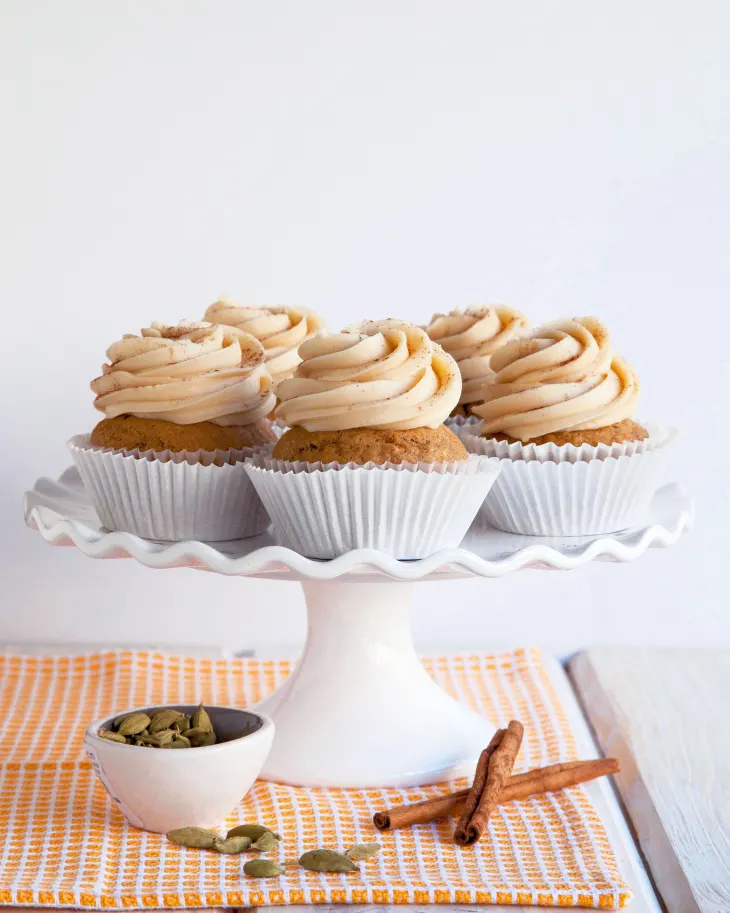Using agave in place traditional sugars in recipes is a snap to do, but it does take a little know-how. We have a few quick tips to aide you in your baking adventures to make sure each and every treat hits the sweet spot without any let down.
Agave isn’t a difficult ingredient to add to your pantry and won’t crystallize (like honey), making it have a ridiculously long shelf life. Agave is easy enough to interchange in sauces, drinks or stir frying, but baking can be a bit more difficult. The presence of sugar in a recipe does many scientific things, so using agave as a substitution can be a bit of a balancing act. Here’s some of the guidelines we use in our own kitchen when it comes to switching in some of this sugar alternative:
• To Reduce or Add?: There are two schools of thought when it comes to the other ingredients in a recipe when agave is substituted. You can either reduce your liquid or add more starch or flour. Our personal theory is to reduce sugar and alter the liquid ingredients before adding additional starches to the mix. We only add starches when the amount of liquid in the recipe can’t be subtracted or added without a drastic change in taste (addition of liquors/fruit juices or the need to reduce out all of your liquid). Here’s a basic rule of thumb to go by:
· Honey: Replace with equal amounts.
· Maple Syrup: Replace with equal amounts.
· Brown Rice Syrup: Use half as much agave + (up to) 1/2 cup liquid
· Corn Syrup: Use half as much agave + (up to) 1/3 cup liquid
· White Sugar: For every 1 cup sugar called for use 2/3 cup agave, and reduce the liquid in the recipe by 1/4 cup.
· Brown Sugar: For every 1 cup sugar called for, use 2/3 cup agave, and reduce the liquid in the recipe by 2 tablespoons.
The best rule of thumb is to make the recipe in question once before making substitutions to it. That will allow you to see the texture of the batter/dough/mixture — allowing you to add or subtract liquid/starch as needed and with confidence.
• Mix With Liquid or Fat First: Although agave is a great substitution in baked goods, if it’s not added in properly, the results can be a little—well off. A crust or oily layer can form on top of your sweet treats if it’s not first combined with the liquids or fats in your recipe. Make sure you get your goods into the oven or refrigerator pronto after your dough/batter is combined to keep the suspension at its best.
• Reduce Your Oven Temperature By 25°: Baking with agave yields great results, but it also browns faster than traditional sugars. Decrease your oven by 25°s and all should be well, with quick breads, you can also tent your pan with foil to keep the browning away until you’re ready for it!
• Parchment Paper Is Your Friend: Agave goods can be a little on the sticky side. We’re not talking marshmallow sticky, but using parchment paper to make your goods easy to release is a good thing. Most of the extra sticky will go away with contact to air for a few minutes, so remove your goods and pull parchment away from sides and allow to “breathe” for a few minutes before slicing or wrapping for storage.
• On Cakes & Cookies: Although you can replace 100% of the sugars in many baked goods, when it comes to cookies and cakes, we tend to only substitute a partial amount for the best tasting product. You can of course go ahead and substitute the whole amount, but we prefer to create products that still taste like they haven’t had any alterations to them.
· Cakes: Replace 1/2 of the sugars with agave
· Cookies: Replace 1/3 of the sugars with agave
· Brownies: Replace: Replace 1/2 of the sugars with agave
· Bars With Fruit: Replace 2/3 of the sugars with agave (100% if it’s fresh fruit)
You can read up more on using agave in assorted dishes if you’d like (the more you know the more you grow), make sure to check out All About Agave, Volcanic Nectar, eHow and Wikipedia.


